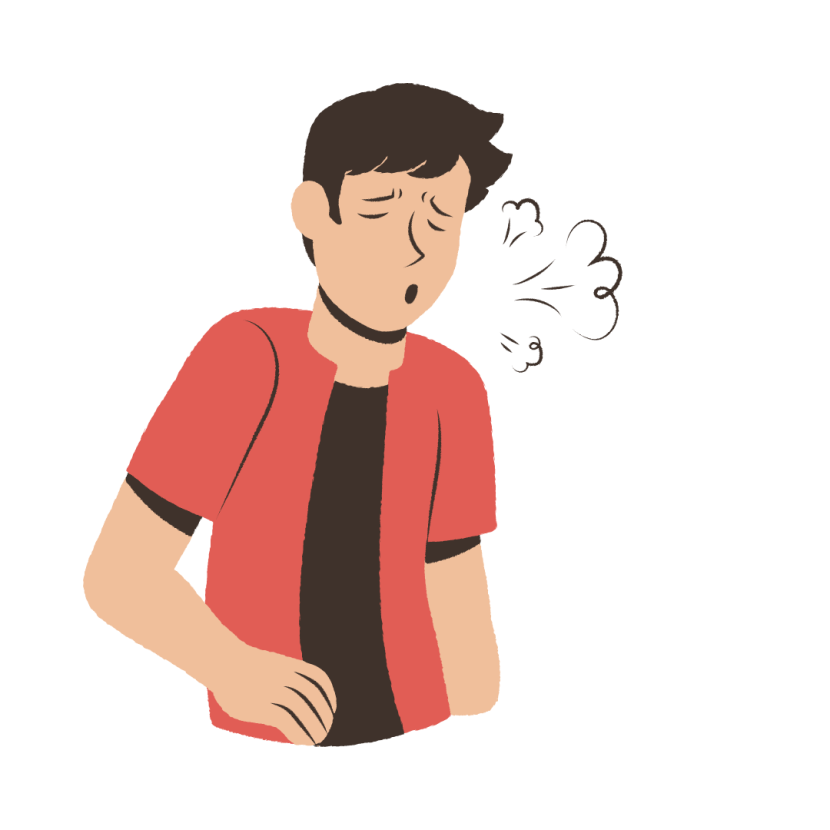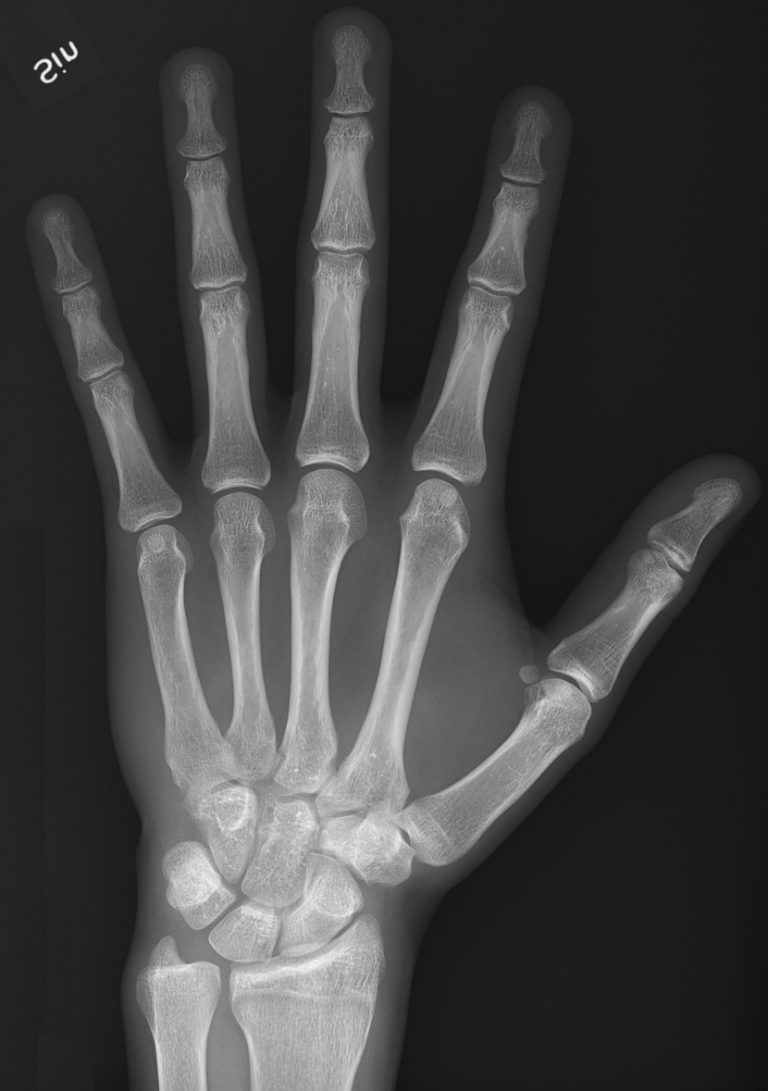The diaphragm is a key muscle in the respiratory system, playing a crucial role in breathing. However, it also has an important role in posture. The diaphragm is attached to the ribcage, spine, and pelvis, and its activation can influence the position of these structures.
Proper diaphragm function and activation can help maintain optimal posture, while dysfunction can lead to poor posture and associated symptoms. When the diaphragm contracts during inhalation, it descends and pushes down on the abdominal contents, resulting in a simultaneous upward movement of the ribcage. This upward movement creates an extension force on the spine, helping to maintain an upright posture.
Additionally, the diaphragm is connected to the pelvic floor, and its activation can help maintain pelvic stability. When the diaphragm contracts, it pulls the pelvic floor upward, helping to maintain the alignment of the pelvis and spine. Dysfunction of the diaphragm can lead to poor posture, including a slumped posture, rounded shoulders, and forward head posture. This can result in associated symptoms such as back pain, neck pain, and headaches. c
Physiotherapy can be a valuable treatment option for diaphragm dysfunction and associated posture problems. It can include breathing exercises, postural training, and muscle strengthening to restore proper diaphragm function and improve posture. In conclusion, the diaphragm plays a crucial role in posture, maintaining the alignment of the ribcage, spine, and pelvis.
Proper diaphragm function is essential for maintaining optimal posture and preventing associated symptoms. Physiotherapy can be an effective treatment option for diaphragm dysfunction, helping to restore proper function and improve posture. It is essential to seek medical attention if you experience any symptoms related to posture, as early intervention can prevent complications and improve outcomes.





Very interesting topic, thanks for putting up.Expand blog